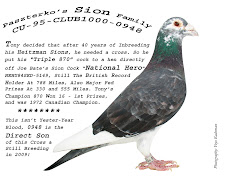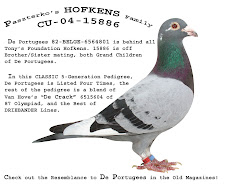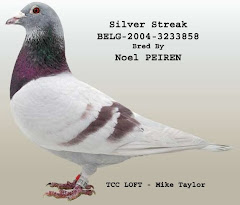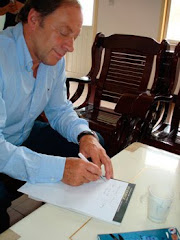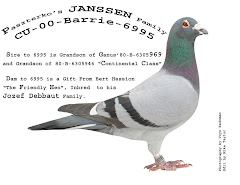Mason Inman
for National Geographic News
October 31, 2006
If pigeons wrote their own blogs, they might talk about where to score breadcrumbs or find prime roosting spots.
Now, with the help of tiny high-tech backpacks, pigeons really have become bloggers—but they're posting messages about California smog.
In a project known as PigeonBlog, sensors in the backpacks collect data on toxic gases, such as carbon monoxide and nitrogen dioxide, as the birds wing through city skies.
The information is then sent back to a central computer, which automatically posts a map of the pollutants' concentration on the Internet.
Avian Reporters
Beatriz da Costa, a professor of arts, computation, and engineering at the University of California, Irvine, dreamed up the idea.
One of the inspirations for the project was moving to California and "seeing the smog in L.A.," she said. "It's pretty bad out here."
Around the same time she ran across a century-old photo of a pigeon with a camera around its neck.
"Pigeons were clearly one of our first ... delivery systems," da Costa said.
She decided to update this idea for the 21st century and "use pigeons as journalists to report on a current situation."
To make the tiny, lightweight backpacks for the birds, da Costa worked with students and other researchers to pack in the needed suite of high-tech features.
Each bundle contains gas sensors along with a global positioning system (GPS) for tracking the birds and a stripped-down cell phone that automatically transmits the data they collect.
The parts for each pack cost about $250 (U.S.) and weigh just 1.3 ounces (37 grams), about a tenth of a pigeon's weight.
Then da Costa had to enlist some birds. Rather than plucking random pigeons off the street, she got in touch with pigeon fanciers who owned homing pigeons.
The volunteers strapped the packs onto their pigeons, then took the birds up to 20 miles (32 kilometers) away from their homes and released them.
As the birds flew home, the backpacks sampled the air. The data, combined with GPS coordinates for each reading, were sent to PigeonBlog, which then automatically generated a pollution map.
The information is intended to educate, da Costa says, not reform policy.
"It's art, not science," she said.
"I doubt the PigeonBlog in itself is going to change the current situation on air pollution. But it might spark people's imaginations on where it should be addressed and how easily one can gather one's own data."
One of the project's goals is to highlight where pollution occurs within a city. Environmental justice activists argue that poorer people end up living in more polluted areas of cities, for example.
That idea "makes sense, and that's generally what's found," said Kirk Smith, a public health researcher at the University of California, Berkeley.
Cooking Up Solutions
Smith is one of several researchers whose work on making small, cheap pollution sensors helped the PigeonBlog concept take off.
Such low-cost sensors can offer a more detailed picture of how air pollution affects people in developing countries.
Smith and his colleagues hacked into a smoke alarm—the kind found in many U.S. homes—to make a cheap and portable detector for particles in the air, such as soot.
The device only costs $17, while commercially available air-particle detectors can run thousands of dollars.
Rufus Edwards, an environmental health researcher at the University of California, Irvine, helped with the PigeonBlog project.
He is now using the modified smoke alarms in Mexico to measure pollutants generated inside homes from burning cooking fuel. These pollutants are a leading cause of disease in developing countries, especially among women and children.
His group's initial work has shown that cheap, modified stoves can cut people's exposure to pollutants by as much as half.
This suggests that small, cheap devices such as the PigeonBlog backpacks open up new possibilities for monitoring people's exposure to pollutants, Edwards says.
"What can be worn by a pigeon can be worn by a person," he said.
But so far, Smith's jerry-rigged particle detector isn't sensitive enough to measure the lower levels of pollutants in developed countries. These levels are typically one-tenth as much as in developing countries, he says.
So Smith is now working on a version of his device that is sensitive enough to be useful in places such as the U.S. and that will also include GPS.
"Somebody could walk around the neighborhood and log both the pollution level and the location," Smith said. "Then they can get a map of West Oakland with the pollution levels marked right on it. That's our plan."
Read more ...








